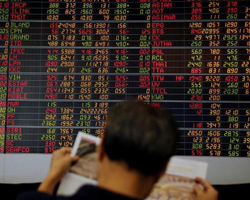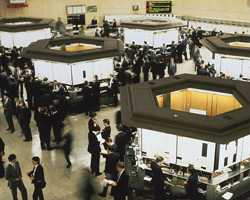Falling Gas Prices in Europe, Slowing Chinese Economy and UK Inflation: Everything You Need to Know | Daily Market Analysis
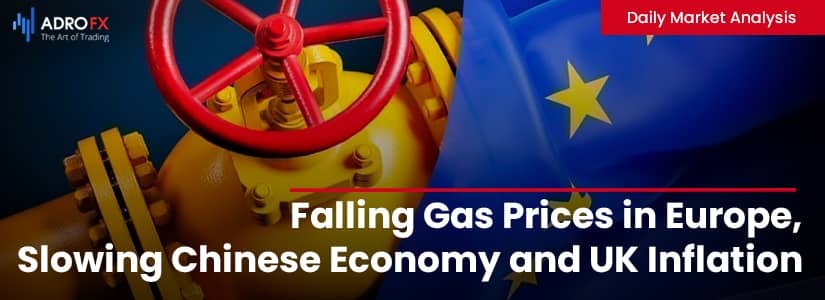
Key events:
- UK – Average Earnings Index +Bonus (Nov)
- UK – Claimant Count Change (Dec)
- Canada – Core CPI (MoM) (Dec)
Since the US markets were closed yesterday due to Martin Luther King Day celebrations, European markets have pulled out modest gains, helped by a further weakening European natural gas prices, which fell to their lowest level in 16 months.
It is this drop in energy prices, as well as optimism that inflation has peaked and that the various worst-case scenarios modeled late last year will not come true, that has fueled the optimism in early 2023 that has led to gains in the past 2 weeks.
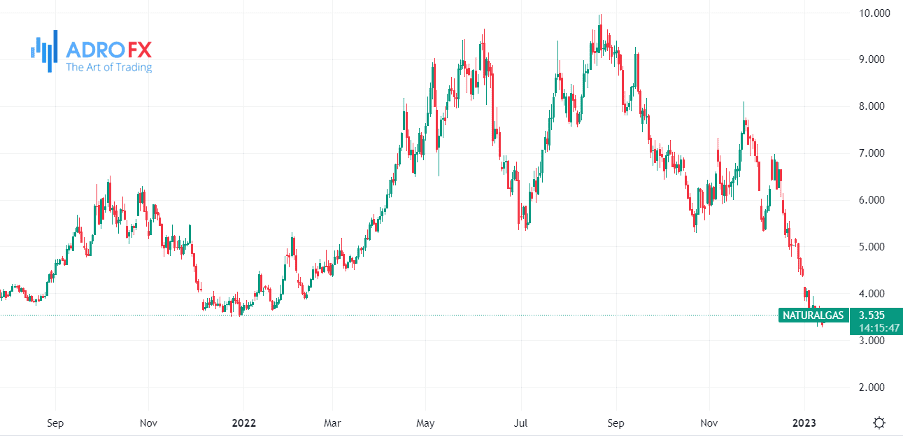
Moreover, the Chinese economy has slowed markedly over the past 2 months as a result of various restrictions and lockdowns. This has clearly manifested itself not only in trade figures but also in a sharp decline in consumer spending, which has led to a sharp drop in retail sales.
The decision to abandon quarantine policies in the face of growing opposition, while welcome, is likely to lead to an uneven recovery of the Chinese economy in the coming months. This is due to the undesirable side effects of the inevitable explosion of infection rates and deaths among the largely unvaccinated population that we have already seen since the policy easing last month.
This means that any recovery is likely to be very uneven, and explains why December retail sales figures this morning were better than November's -1.8%, as people limited their movements to avoid getting infected and instead shopped online. Online retail sales were up 17.2%, which helped improve the overall figure from a projected -9%.
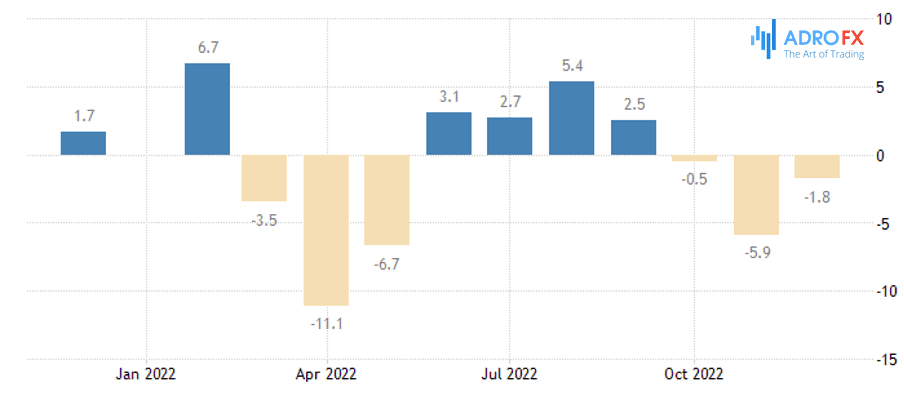
While retail sales spending slowed sharply in the last 3 months of 2022, industrial production performed slightly better, although here too December was weak at 1.1% compared to 2.2% in November.
All of this weak data resulted in a stagnant Chinese economy in Q4, with a growth of 0%, which corresponds to an annual GDP growth rate of 3%. On the other hand, the situation could have been much worse, but it was still well below the Chinese government's target of 5.5% a year ago.
As we move into 2023, we may see a sharp rebound in the next quarter as the Chinese New Year comes in just under two weeks.
One of the few positives as the U.K. struggles with rising costs of living and inflation at 10.7% is that wage growth remains strong, although we did see a slight increase in unemployment in October to 3.7%.
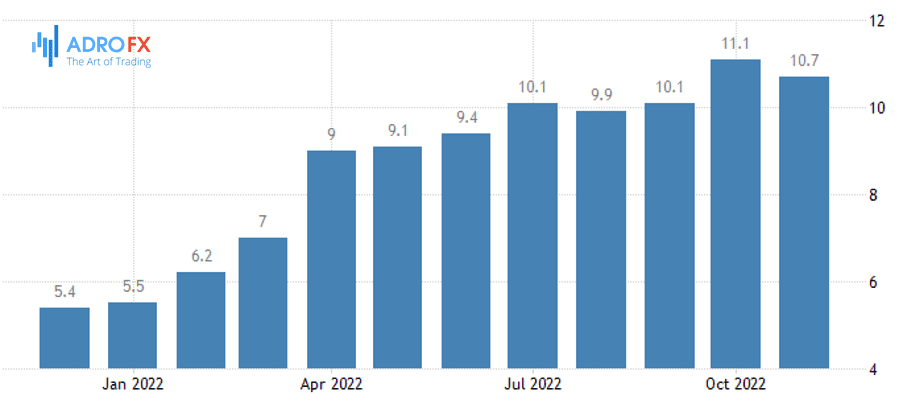
On the other hand, the number of people employed in the economy for November rose by 107,000 to a new record high of 29.9 million, which should be reflected in today's ILO data and could lead to a slight drop in the unemployment rate to 3.6%.
Wage growth in October also showed decent gains, rising to 6.1%, the highest level outside the pandemic since 2001. That record looks set to be broken today in the December data, where growth will be 6.3% excluding bonuses and 6.2% without bonuses.
Looking at the underlying wage figures, we also saw significant local variation in wage growth, with average hourly earnings rising more than 20% in some areas of the UK in some cases.
The 107,000 increase in hiring in November also indicates that people are returning to the labor market as the rising cost of living is changing economic calculations when it comes to paying the bills. Another 60,000 are expected to add to that number in December.

